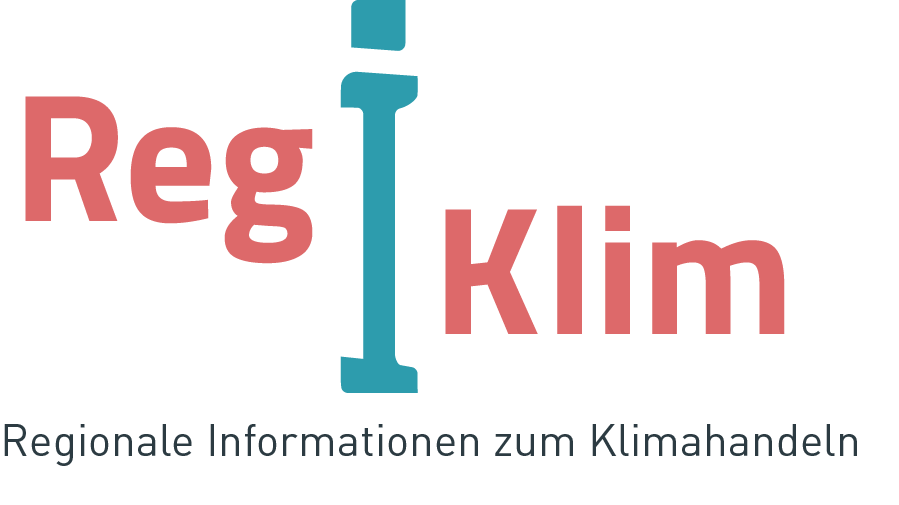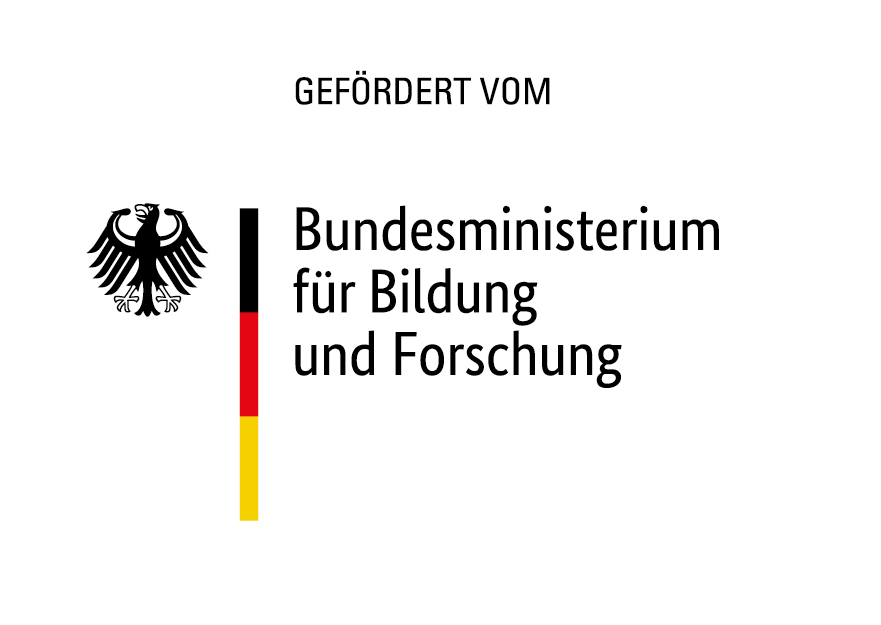
A1 - Atmospheric fluxes and the diversity of optical features in climate and land-use change - observations and LSM modeling
PI: Prof. Dr. Katja Trachte, Prof. Dr. Jörg Bendix
Mitarbeiterin: Franz Pucha




NUKLEUS-KONKRET - Convection-permitting climate scenarios for Germany with region-specific evaluations
BMBF - 01LR2002E
NUKLEUS (Usable Local Climate Information for Germany) is a sub-project of the BMBF-funded research network RegIKlim
PI: Dr. Klaus Keuler1, Prof. Dr. Katja Trachte1
The central task of NUKLEUS is to provide high-resolution climate information for Germany for regional and local climate impact and adaptation research. To this end, the prototype of an ensemble of spatially high-resolution climate simulations with three different regional climate models, the only one of its kind to date, will be created in phase 1. The overall aim is to improve the assessment of the range of future climate changes and their potential impacts.
NUKLEUS-KONKRET focuses on the configuration and implementation of convection-permitting climate simulations for Germany with the regional climate model ICON-CLM, the extraction of user-specific climate data from existing regional climate simulations, the evaluation of the mean annual cycles of selected climate parameters for the model regions participating in RegIKlim and the analysis of intensive and extreme precipitation episodes in the newly generated climate simulations.

ClimXtreme - LAFEP - Investigation of an ensemble of regional climate models in relation to land-atmosphere feedbacks and extreme precipitation
BMBF - 01LP1902E
A joint research project of the 1BTU Cottbus - Senfentberg
and the 2University of Hohenheim
Subproject B2.1 of the BMBF funded Research Network on Climate Change and Extreme Events climXtreme
PI: Dr. Klaus Keuler1, Prof. Dr. Katja Trachte1, Prof. Volker Wulfmeyer2, Dr. Kirsten Warrach-Sagy2
This project deals with heavy precipitation events (HPE), which can cause small- and large-scale flooding in Central Europe (e.g. Germany). The focus is on analyzing the physical processes underlying HPEs. The understanding and extended representations of HPE in numerical models contribute to an improvement of climate simulations. The main goal is to analyze the capabilities of the ReKliEs-De ensemble. Our research will lead to a deeper understanding of intense and extreme precipitation. Further studies on land-atmosphere (L-A) interactions are necessary to understand future developments of HPE in the course of climate change.

CorsiClimAte - Seasonal and topographic partitioning of vapor transport, clouds and precipitation in Corsica, with special reference to PBL altitude.
PI: Prof. Dr. Jörg Bendix,Prof. Dr. Katja Trachte
The project aims to explore hydroclimatic variability in Corsica, a highly vulnerable area in the wake of climate change. Since Corsica is topographically diverse, local wind systems and large-scale weather patterns can be studied at different surfaces and elevations. This continues to create differences in weather patterns and the planetary boundary layer. A combination of remote sensing and ground-based observations provide the precipitation data. The origin and evolution of precipitation patterns are simulated by high-resolution hydrology and climate models.

C12 Climate indicators on the local scale for past, present and future, and platform data management
DFG PAK 823-825 - Platform for Biodiversity and Ecosystem Monitoring and Research in South Ecuador
PI: Prof. Dr. Katja Trachte, Prof. Dr. Jörg Bendix
Within this project the local-limited area model (LAM) will be tested and adjusted to different ecosystems (Páramo, Rain Forest and Dry Forest) in the Andean mountains in order to make future climate predictions in these complex ecosystems. In a further step, a highly resolved spatial and temporal Climatic Indicator System (hrCIS) is developed to derive ecologically relevant climate change indicators, that are relevant for local climate future predictions. Uncertainties in the LAM are assessed and results are validated against observational data. The model is able to reproduce interannual variabilities of the climatic indicators – air temperature reveals an increasing trend, precipitation reveals no trend (1994 – 2015).
